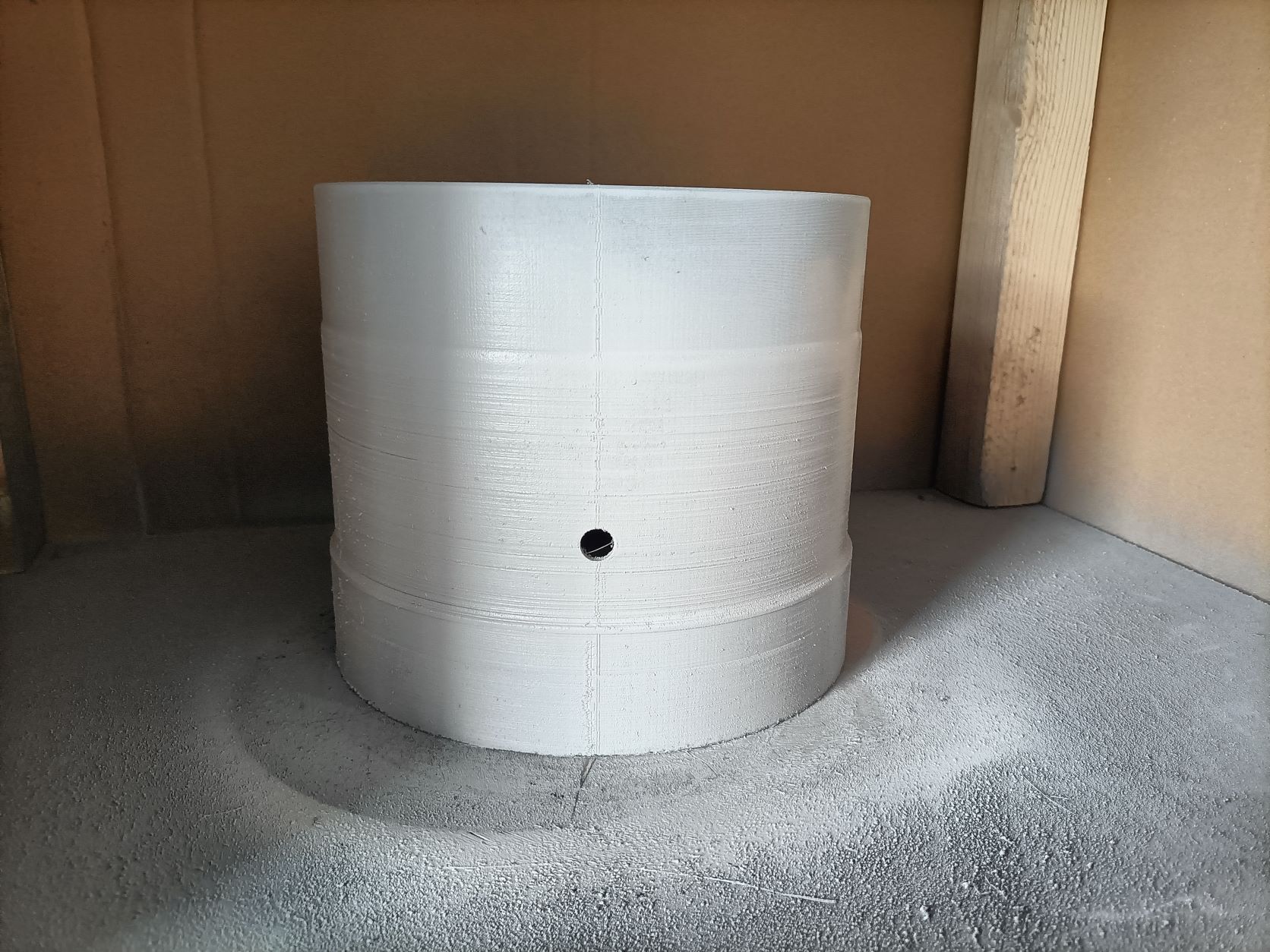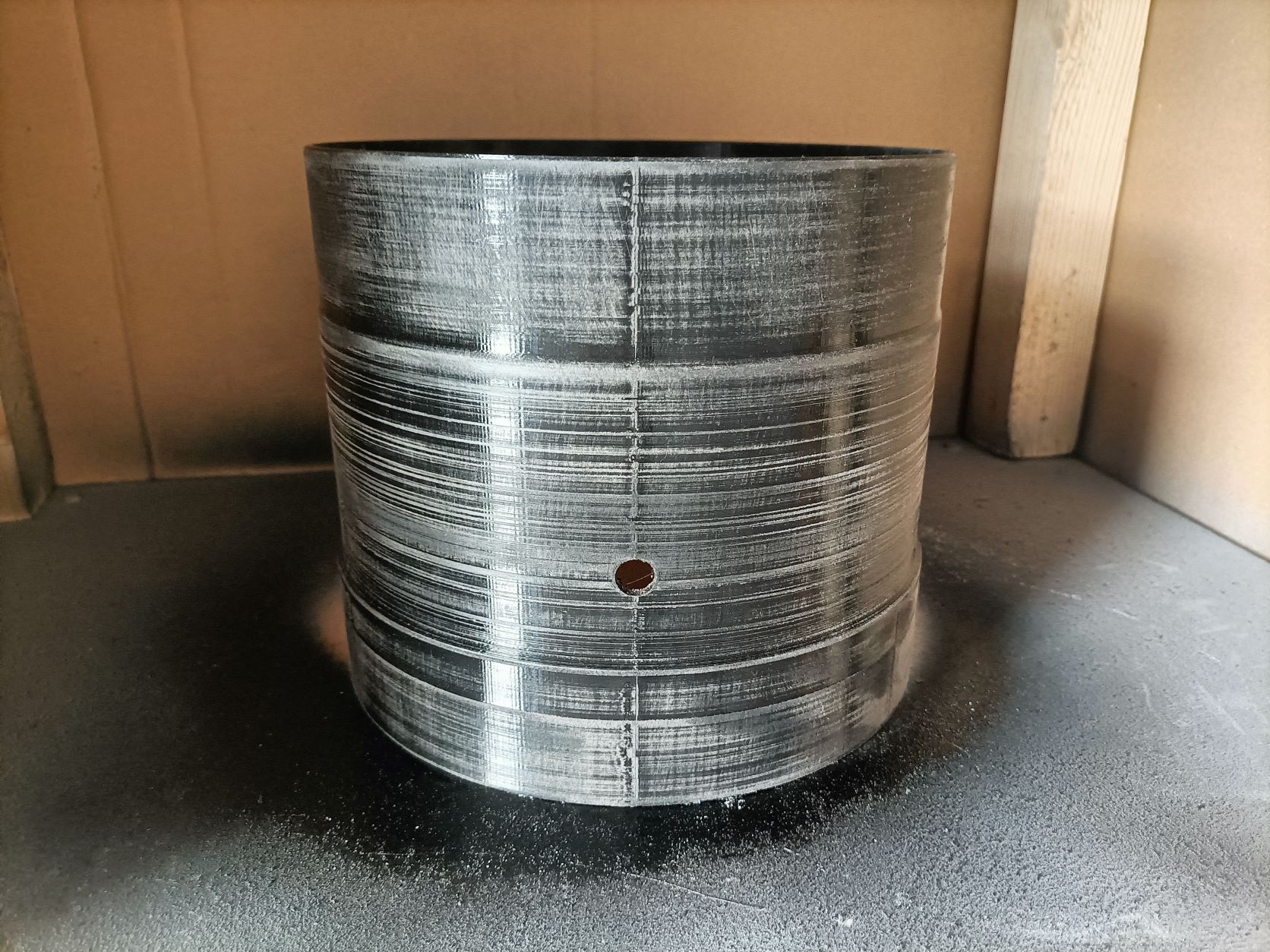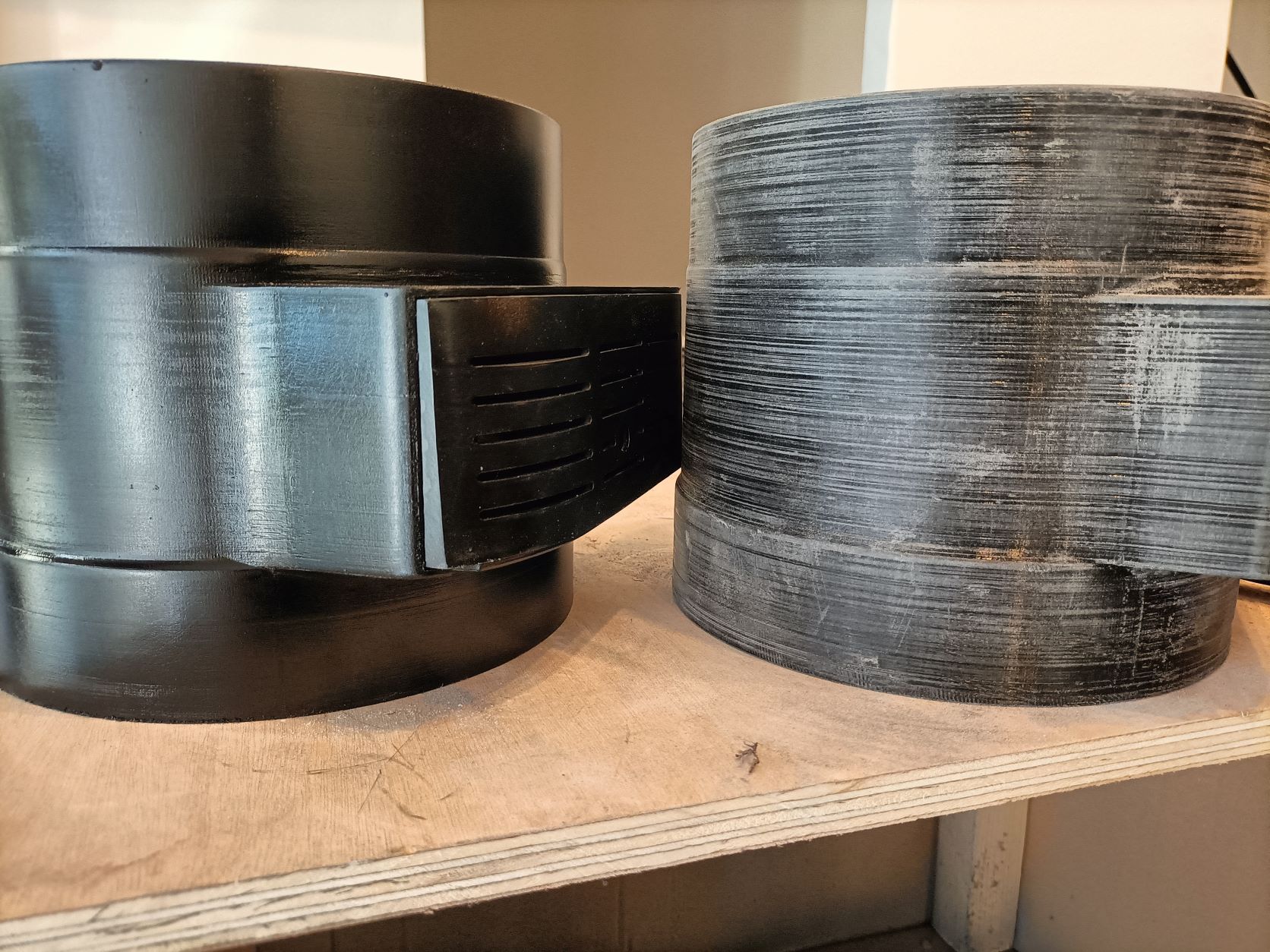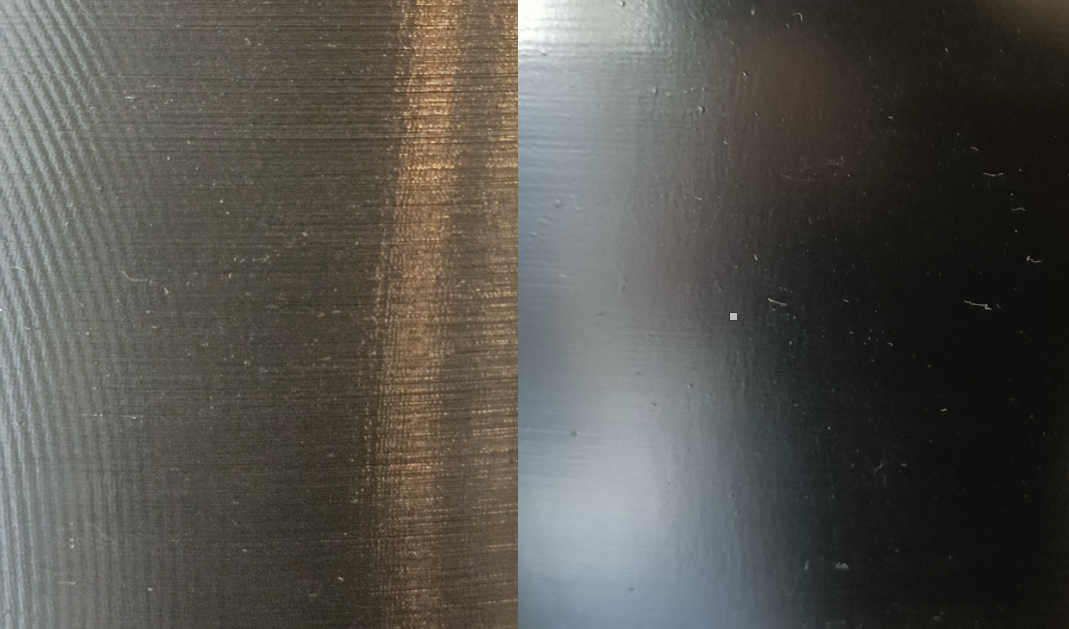Smoothing a 3D print permet d’avoir un rendu plus propre, plus esthétique comme si la pièce était sortie d’un moule et c’est tout l’objectif. Le lissage d’une impression 3D est un sujet récurrent dans ce domaine. Nous allons voir dans cette article une méthode qui fonctionne pour tout type de plastique et qui ne présente pas de danger particulier.
Summary of smoothing methods
There are various methods for smoothing a 3D print, depending on the type of material: mechanical sanding, chemical sanding, covering product (coating, resin, etc.).
- Mechanical sanding; use progressively finer-grain sheets to improve surface finish
- Mechanical sanding: use solvents suitable for the plastic used, or solvent vapors to dissolve and smooth your workpieces.
- Covering product; mechanical sanding, then plaster application
Hardware
- Sanding sheet 120-180
- Fine sanding sheet 240-320
- Aerosol putty
- Aerosol paint
Step-by-step smoothing guide
1 – Coarse sanding
Sand the part with the coarse-grain sheet. This will remove any larger defects
2- Fine sanding
Once the surface has been roughly smoothed, you can refine the sanding with fine-grit paper. This will smooth out any traces of filament on the surface of the part.
3- Clean
Sanding creates dust and residues. It is therefore necessary to clean the workpiece before moving on to the next step.
4- Applying the plaster
Apply successive thin coats of plaster to fill the holes little by little.

5- Finishing sanding and cleaning
You can sand the piece until you can see some of the print grooves. This means you’ve removed the excess filler. You can then remove the sanding residue with a damp cloth or vacuum cleaner.

N.B.: Repeat steps 4 to 5 as necessary to obtain the desired result.
5- Paint
Once the surface of the 3D print seems smooth enough, you can apply several coats of paint to homogenize the color.
N.B.: For an improved finish and better hold, you can apply a coat of varnish over the paint coat.

Advantages of the method
This 3D printing smoothing method works for all types of material (ABS, PLA, PETG, etc.).
No particularly dangerous chemicals are used, although paint and putty are still flammable and toxic, and are available to the general public.
There’s no risk of destroying the part (except when sanding, if you go too hard). To improve the result, you can always sand again and apply another coat of paint.
Disadvantage
This method takes time and elbow grease
Some areas of the print can’t be smoothed unless you have the right tools.
If you have a 3D printing project or need advice, please feel free to use our 3D printing service form.




